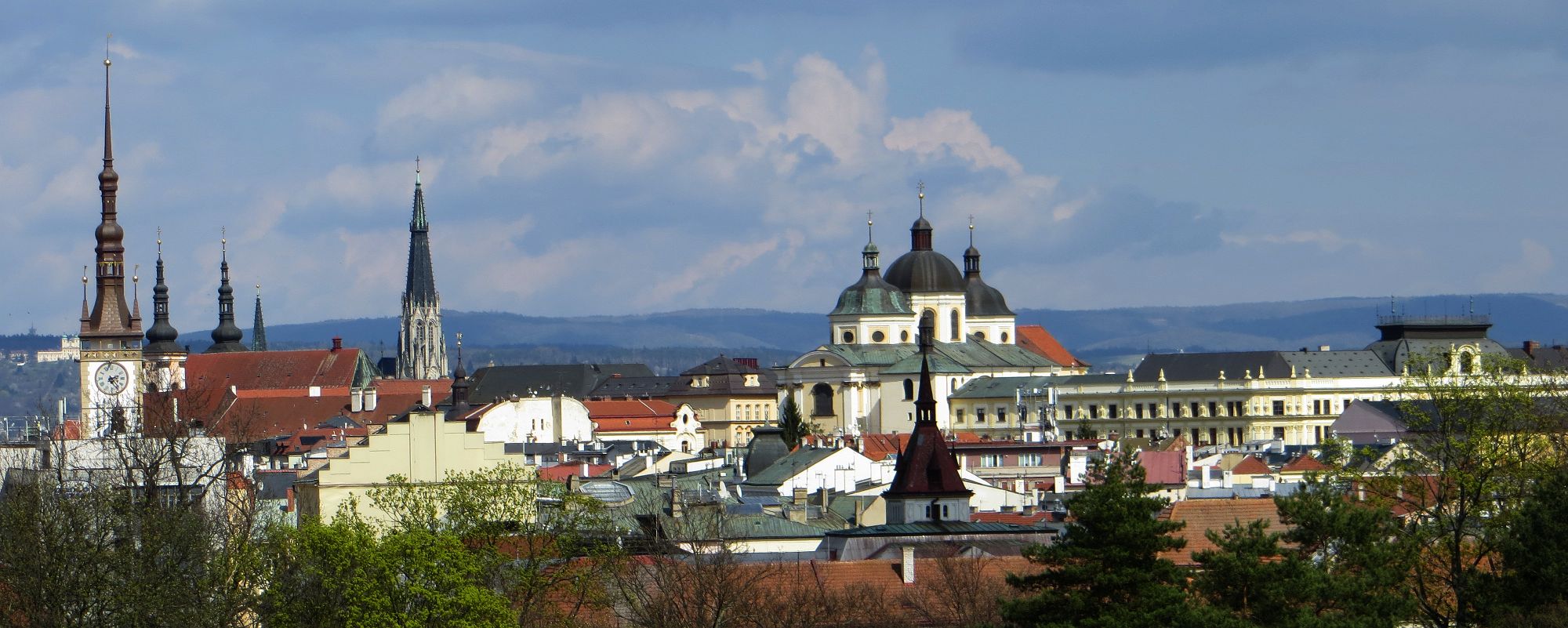Thank the Romans
Typically, the alcoholic beverage most associated with the Czech Republic is beer. Indeed, beer has been made in the Czech lands since the 990s; however, the Czech lands have an even longer history of producing wine.
Wine growing in the South Moravian region of the country has been reliably traced to the Roman Empire period and Emperor Probus who ruled between 276 and 282 AD. Probus struck down an earlier law made by Emperor Domitian in 91 AD which outlawed planting grapes and producing wine in Roman holdings north of the Alps. Probus’ action resulted in numerous vineyards becoming established in what is now Austria.
Vineyards were established in what is today the Pálava region of South Moravia when the Roman Garrison at Vindobona (Vienna) established their most northerly outpost in the region. During an archaeological dig of the outpost area in 1926, a vine pruning knife was uncovered.
Czech wines, just like Czech beers, have won numerous awards both nationally and internationally. For a nation of its geographic size and the relatively small area within its borders where wine can be produced, the Czech Republic produces over 50 different varieties of wine.
The Wine Regions at a Glance
At a basic level, the Czech Republic has two wine regions; the Bohemian and Moravian. These two regions can be further broken down into six sub-regions:
Bohemian Regions:
The two Bohemian wine sub-regions are Litoměříce in the north west, and Mělník in central Bohemia. The Bohemian growing regions are very small and fragmented compared to the much larger Moravian regions.
Primary wine varieties produced in the bohemian regions are: Muller-Thurgau, Riesling, St. Laurent, Blauer Portugieser and Pinot noir.
Moravian Regions:
The four sub-regions of the large and well developed Moravian growing region account for more than 95 percent of all wine production in the Czech Republic; for this reason, wines from the Czech Republic are often referred to as Moravian wines even if they come from Bohemian vineyards.
The four Moravian sub-regions form a continuous tract of land beginning with the Znojmo sub-region in the west, followed by the Mikulov and Velké Pavlovice sub regions and concluding with the Slovácko sub-region in the east. These four sub-regions encompass a variety of climactic and soil conditions that are reflected in the variety of wines which can be produced there.
A high percentage of wines from the Moravian region are considered to be of good, very good or excellent quality.
Celebrating the Harvest
If you find yourself in the Czech Republic in early Autumn, it will be the perfect time for you to take in one of the many wine festivals which occur through September and into early October.
The wine festivals are large and small and give one an excellent opportunity to sample the vintages of many of the country’s wine producers. Along with the wine; the festivals typically incorporate food, music and crafts. Znojmo and Mikulov have particularly well known festivals.
In early November, the Feast of Saint Martin is observed in the Czech Republic. At this time, you’ll find many restaurants offering roast goose to accompany a selection of wines produced during the year.
Wine Tourism
The Czech wine industry is a rightfully proud one and many cellars large and small welcome visitors.
The Moravian growing region has many tourist routes geared specifically to experiencing the wine country. Several cycling trails will guide you from one cellar to another where you can sample and purchase the many vintages on offer.
In addition to the wine, you will also get to experience the idyllic beauty of the South Moravian region of the Czech Republic; one of the most beautiful areas of the country.
Even if you do not venture into the heart of wine country; many towns and cities have wine bars, known locally as vinárna or vinotéka, where you can sample and purchase local wines.
Learning More
What I’ve written in this post is just the proverbial tip of the very large iceberg which is the Czech wine industry. There is so much more to know about it than I have space for in a blog entry.
The following two links contain a wealth of information on the history and development of Czech wine production as well as just about everything else connected with Czech wine:





